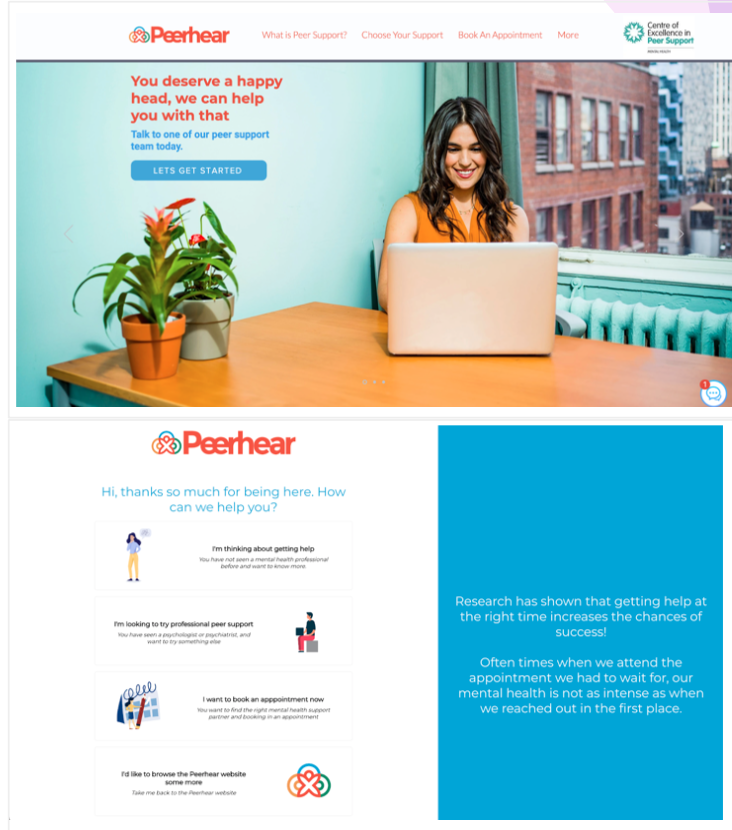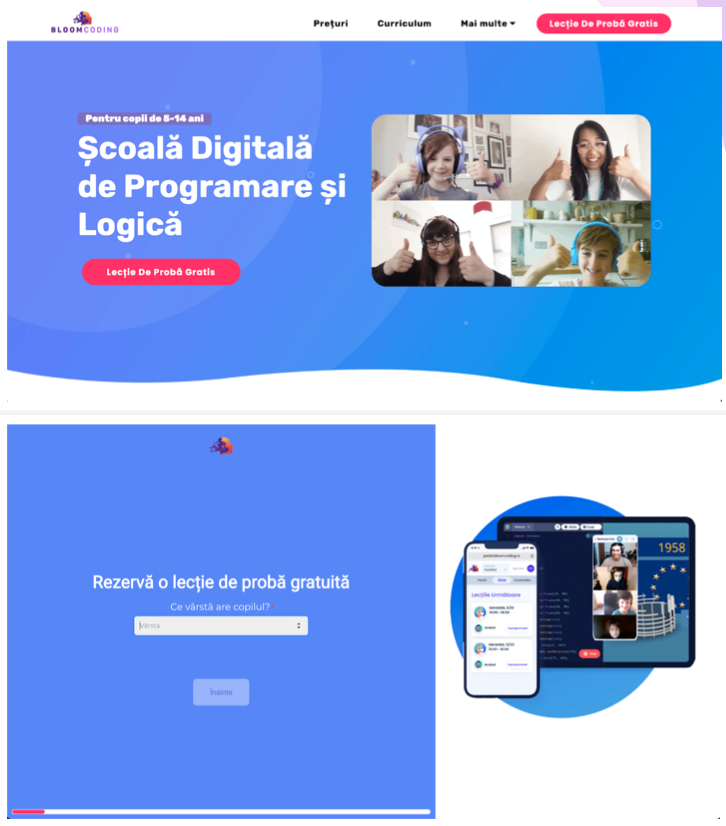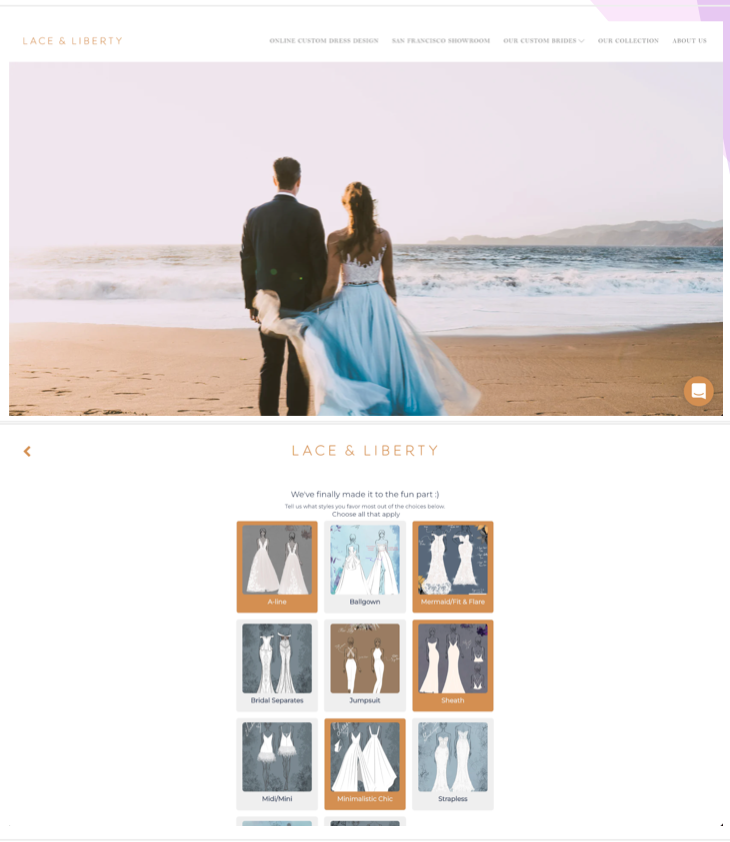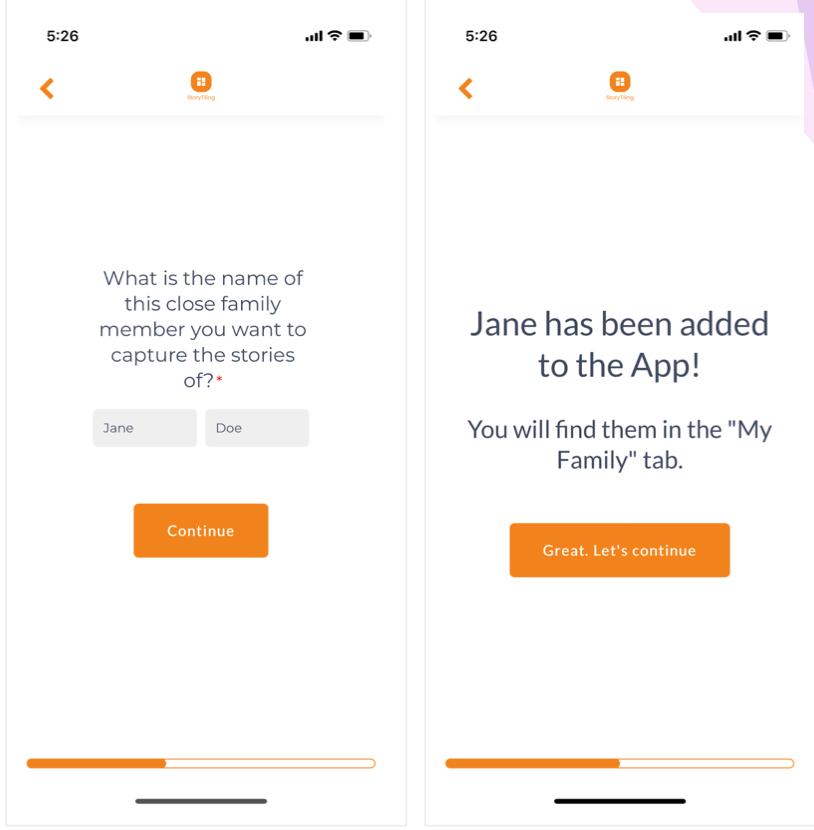The evolution of marketing data for customer experience
Build better customer experiences through understanding how marketing data is evolving, be prepared for changes in 2023.
The future of marketing data is explored through an analysis article on Zero-Party Data, and how it impacts marketing, data privacy and customer experience.
As the experts say, Zero-Party Data, is one of the major areas to help drive more personalization to increase user engagement and connection. The future of marketing data.
Now, we don’t want to brag, but we have been talking about this since we launched Upflowy. As a sign up flow drag and drop tool, we help businesses take people on a personalized journey using storytelling to inspire engagement.
We know asking for information isn’t enough anymore. People need to justify why they share things with you. Anyway, more of that later.
As you can read in the Mediapost article, COMs in 2021 were planning to increase their spend on Zero-Party Data by 77%! We want to share with you what Zero-Party Data is all about and how it can help the future of your business.
First, let us explain to you what Zero-Party Data is not. We will explore what the different types of data are including First and Third-Party Data. So you can get a real grasp on the concept.
First-Party Data: when we relate it back to personalization , first-party data is focussed on behavioral data. This looks at the behavior on a purchase, page, website or app of a user. This includes clicks, scrolling, hovering, sessions and how the person will engage with an experience. When we look at First-Party Data, it allows us to work out the interests of our user and the intent. We also look at transactions (like purchases and downloads) within First-Party Data.
Third-Party Data: then we have third-party data which is data obtained (or purchases) from sources that aren’t our own. When used in personalization it is usually about the demographics and buying signals. If you want to learn more about Third-Party Data, we have an article we think will be useful. However, we believe there are many limitations within this data option.
Then we have what you come here for. What is Zero-Party Data? It is the type of information that goes beyond the standard email and phone number.
It is consensual information you can obtain from your users that could include personal context, preferences and interests in products.
People provide this information to tailor their experiences with a brand, product or service. This information is very valuable in creating all types of personalized connections with the audience.
We see First-Party and Zero-Party Data to be similar. They are both about collecting data straight from the customer. Gathering our own data that we can use without relying on other businesses or third-parties.
The difference is this. First-Party Data is getting information from people who have purchased from you, from clicks to your website and from retargeting. However, this is not getting all the answers to the questions you might have. It is just learning more about your audience. From learning about them, you can make assumptions.
Zero-Party Data is about asking the right questions to get the answers you need. This can be done through quizzes, surveys, polls, loyalty programs and more. It is about asking directly. You don’t need to assume, you know.
As mentioned in an article by SaaSholic: “All other types of data beat around the bush; yes, even 1st party data. Zero-Party Data is your customers telling you explicitly and exactly what they want from your brand. In addition, Zero-Party Data is never static.
Since your customers own their data [with Web3], and not you, they have the right to go in and edit it whenever they see fit. As a result, you’ll have less outdated data and will have a fluid information source you can utilize to tweak and perfect your marketing strategies”.
Plus you don’t have to worry about privacy factors with Zero-Party Data. Why? Because people are providing their information willingly. With regulations such as GDPR and CCPA, there is a focus on safeguarding privacy.
Also with Third-Party cookies starting to be phased out (with the rise of Web3), it can be harder to track and learn about our audience. This is why Zero-Party Data is so important.
While we are sure we don’t have to say it, when you learn more about your audience, you are also able to market to them, work alongside them and deliver what they want, in a more tailored and aligned way. Zero-Party Data is also seen as the most timely and reliable way to personalize your campaigns. This is the future of marketing.
If you ask the right questions, you get open communication with your audience. Leaving you with a better way to understand them.
Creating an effective Zero-Party Data strategy comes down to the right questions to understand what customers want and need. It helps to optimize the marketing and give more value.
Here is what we have seen at Upflowy:
Peerhear - connecting patients looking for mental health support with qualified peer workers to establish an ongoing support system for mental health. They use a sign up flow with Upflowy to qualify leads. Directing likely leads to book in a meeting with a peer support worker, and educating potential leads on the benefits that Peerhear provides.
Users go through a personalized path to finding the right information based on what they are searching for.
Users can end up with:
A recommended peer support worker based on their specific needs, and a redirection to book in a meeting with them
A recommendation for a preliminary chat to understand more about Peer support before committing
Opt in to be sent a PDF containing more information (where an integration automates sending a PDF to their email, and an alert to the Peerhear team) 
Bloomcoding - Provide a platform for children aged 5-14 to learn how to code online. Additionally, a secondary initiative: “U can” is currently in operation to help provide opportunities to refugees affected by the war in Ukraine. They use different signup flows with Upflowy:
As an expression of interest form for potential children looking to learn to code.
To create registration forms prompting users to to join the U Can initiative as a volunteer, partner, paid teacher, or student.
Users are prompted to fill out questions specific to the route that was clicked for them.
At every step, data is sent to Bloomcoding’s back-end and segmented so that an employee can deliver a personalized and individual outreach to the interested customer.
Lace & Liberty - Provide an online platform that creates unique, custom and handmade wedding dresses. They use a signup flow with Upflowy as a 5-minute custom gown survey - where all details required to make a custom dress are gathered, all the while telling the story of Lace and Liberty and its co-founders can build excitement and confidence in the product.
Customers are prompted to fill out details about their wedding and dress preferences, including uploading photos as inspiration.
Customers are then asked whether they’d like to be emailed or book in a meeting to discuss their custom quote.If customers choose a meeting, they are directed to a booking form within the flow.
Data is also set up to be sent off to the Lace and Liberty database as customers proceed through the flow.
I
Storytiling - A platform to capture the essence of life experiences and family stories with rich videos, voice and narratives. They use a signup flow with Upflowy as an onboarding experience - prompting new customers to answer questions that personalize the experience in-app.
Once the app is downloaded from Apple or Android and the customer has created an account, the Upflowy flow launches.
Based on whether the customer signed up autonomously or whether the customer was invited, they are shown a different onboarding experience that’s personalized to their circumstances.
Additionally, based on the information submitted through the onboarding flow, (e.g. for what purpose the customer is making the storybooks), customers are prompted to invite others to share the platform.
Once completed, users are redirected to the main page where they are prompted to create their first story.
Of course, this changes the way the customer connects with the brand. All the information given through these flows gives each business more information to help with a range of areas in the business (sales, marketing ect) to make more personalized experience and create customer engagement.
You can see how Zero-Party Data can change the way you connect with your audience.
It is a foundation within the relationship you build with your users. It is based on trust and the value you give with that data received.
It gives your customers the expectation that they will receive a personalized experience with your brand when you are given more information about them. For that, you get insights and information about your customers that you may never have been able to obtain before.
At the end of the day, the more you know about your audience, the more you can give them through your content marketing, email marketing and personalized experiences with your advertising and outbound marketing.
The messaging is directed at them and they feel like you understand what they need. From there, this builts engagement, which in our eyes is priceless. Plus you can nurture the customers you already have.
Please note, collecting Zero-Party Data is more than just a form you send to your audience through a landing page, it is an experience you create that allows your customers to tell you more about them. Let’s dive into how this works.
Zero-Party Data should be part of your long-term data/marketing strategy. It is not about implementing quickly, but implementing effectively for your business.
The best way to obtain Zero-Party Data is by asking your audience the right questions through your online experiences. These can include a variety of interactive experiences including signup flow, customer on-boarding, lead forms, contact forms, surveys, messaging apps, email marketing, advertising and more.
When looking at Zero-Party Data it must be easy for people to engage with, not too long, actionable for the marketer and providing some clear value for your customer.
Now it is time to have a think about ways to implement Zero-Party Data. Are you going to set up a sign-up flow on your website? Maybe the next giveaway you do, you will ask more about your audience?
With the rise in Web3 and a more decentralized approach, consumers will have more control over their data. When you start implementing Zero-Party Data strategies into your business, you will be prepared for when a more decentralized online world is fully integrated. If you are ready to learn more about Web3 and decentralized engagement, (this is the next step) we have you covered.
Start brainstorming ideas but be sure to contact us at Upflowy, we have loads of ways you can create engaging experiences to captivate your audience, provide value and create a personalized experience.
What we want to mention about Zero-Party Data is, you obtain it from a place of trust. You have built a connection with the users who have put time into giving you information about themselves.
When you share this data and information with others (like Third-Party Data), you are dishonoring that user. It is your responsibility as a brand to protect this information and use it for your brand.
Always think about the data you have, the information and if you as an individual would like to have your information widely shared with other brands.
Rather than using data to reach more people, with Zero-Party Data, you are using it to also help the user. This gives marketers and business owners a more meaningful way to gain trust and create more engagement with their audience.
When you create a more personalized experience for your user, they are also more likely to give back to you in return. It really is a win-win situation for everyone involved.
Make sure you are using this information wisely. If you don’t listen and use what you are being told, it is deemed useless.
How can you start collecting Zero-Party Data and make more personalized experiences on your website?
Upflowy gives you everything you need to build a story worth engaging in, with only a few clicks. Easily add imagery, video, animation to your signup flow and customize it all to your branding.
How do we help achieve sales & conversion goals?
We fix the leaks in the conversion funnel, getting more people towards the goal you are looking to achieve. Done through the ability to easily take people on a journey with storytelling and very easily allowing you to optimize each step.
Build better customer experiences through understanding how marketing data is evolving, be prepared for changes in 2023.
Guillaume Ang uncovers the evolution of marketing data by unpacking the limitations of third-party data.
How will Web3 influence marketing? Guillaume Ang unpacks the impacts and consequences for companies trying to reach their customers and their data.
Upflowy makes building forms for your business easy, a drag and drop tool to create engaging and enticing experiences with your potential customers. Whether it be a booking form, a feedback survey or a fun quiz, you'll see the results flood through.
Not only is it easy to bring into your website, but you can connect it to the apps your business use so that all the answers are in the right place.